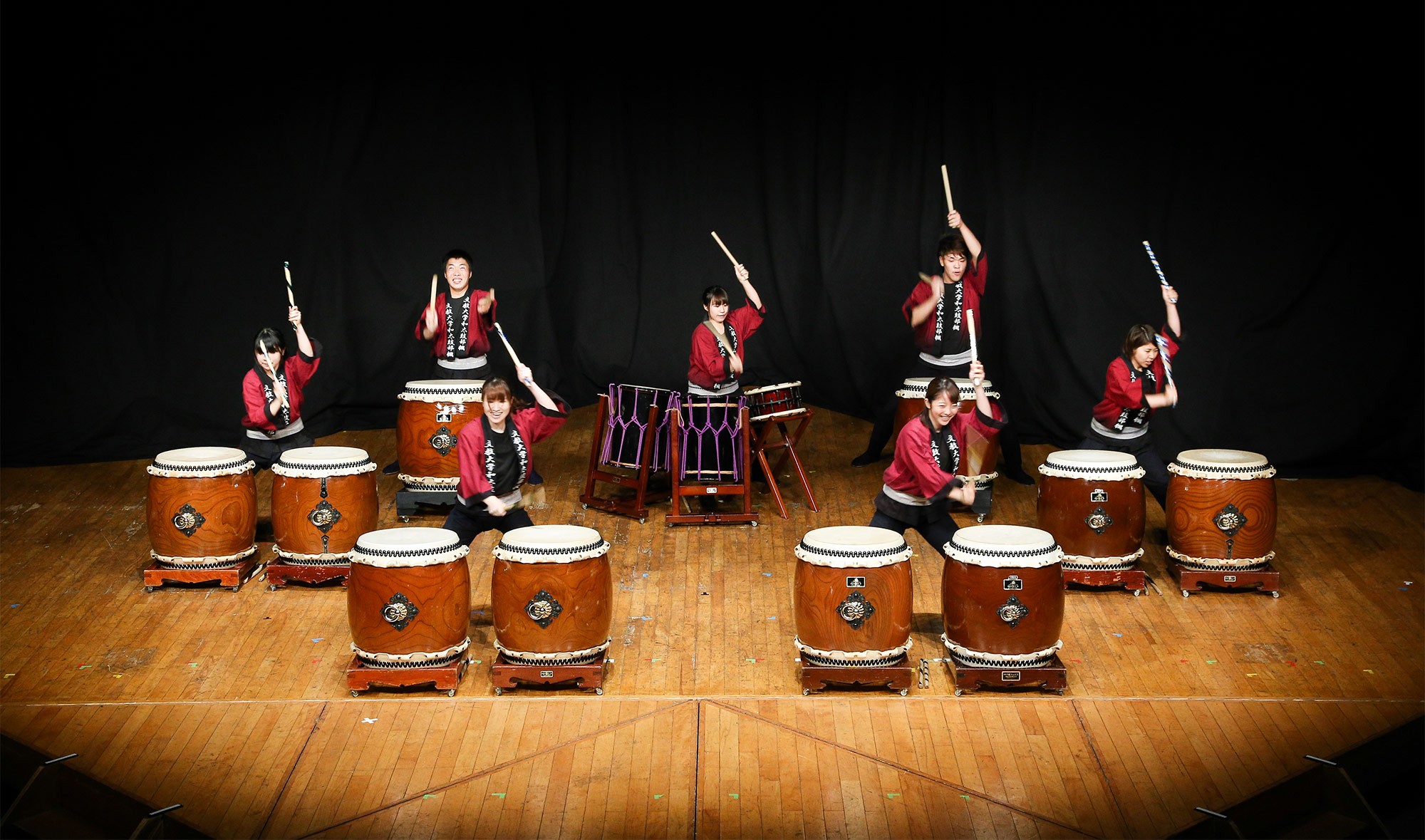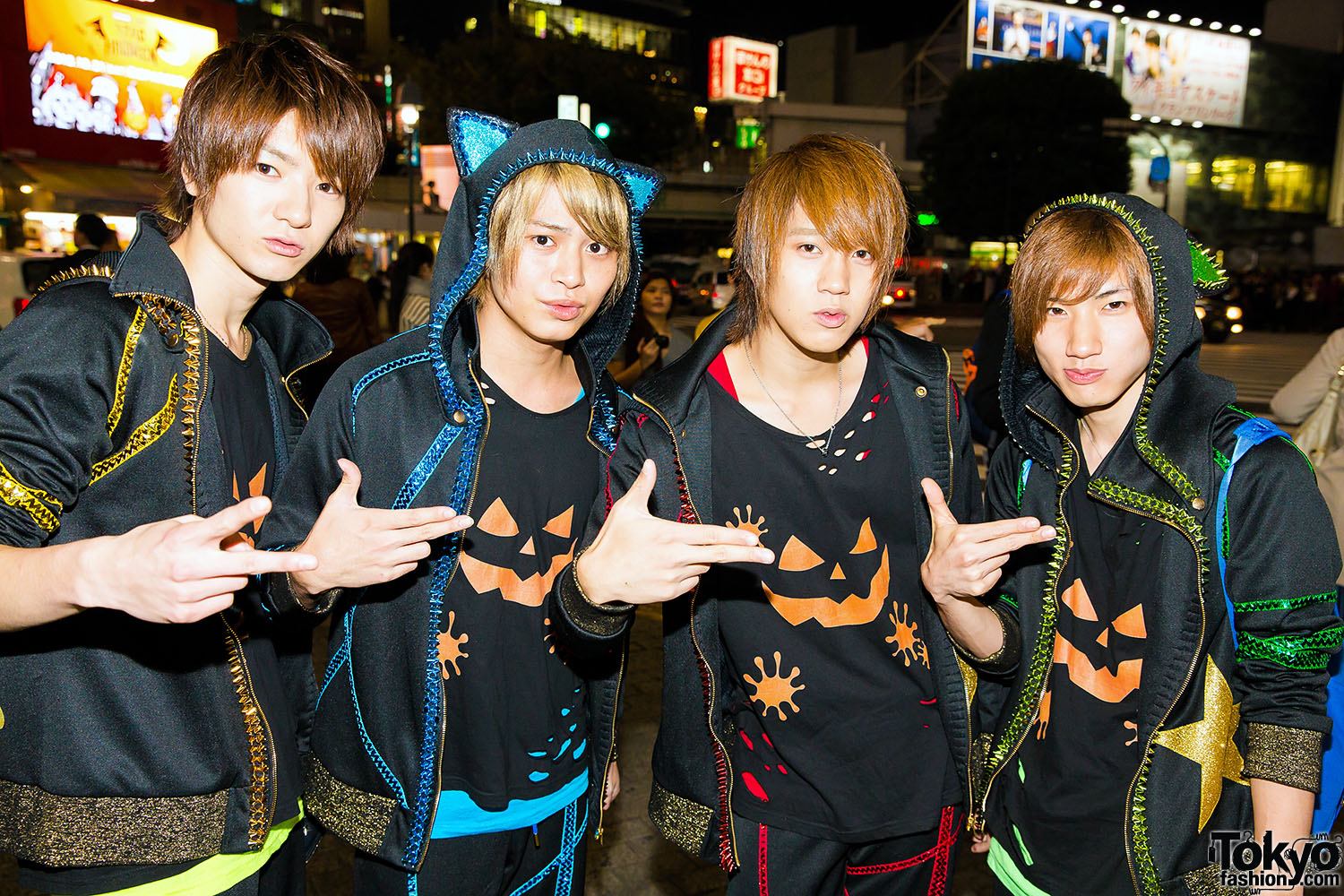
Bars flavored like Okinawan sweet potatoes, the starchy, deep purple Japanese tubers, are available in Kyushu and Okinawa. Since then, the company has released almost 400 more flavors, some of them available only in particular regions of the country, which tends to encourage a sense of rareness and collectibility. It was first introduced in Hokkaido - coincidentally and serendipitously - at the start of strawberry season. The strawberry Kit Kat was covered in milk chocolate tinted by the addition of a finely ground powder of dehydrated strawberry juice. Strawberry! A pinkish, fruity Kit Kat would have been a gamble almost anywhere else in the world, but in Japan, strawberry-flavored sweets were established beyond the status of novelties. The Kit Kat first came to Japan in 1973, but the first 100 percent, truly on-brand Japanese Kit Kat arrived at the turn of the millennium, when the marketing department of Nestlé Japan, the manufacturer of Kit Kats in the country, decided to experiment with new flavors, sweetness levels and types of packaging in an effort to increase sales. Tomoko Ohashi making green-tea and strawberry Kit Kats in the Kasumigaura test kitchen. All this helps the Kit Kat maintain a singular, cultlike status. Kit Kat fixers buy up boxes and carry them back to devotees in the United States and Europe. They can be esoteric and so carefully tailored for a Japanese audience as to seem untranslatable to a global mass market, but the bars have fans all over the world. Flavors change constantly, with many appearing as limited-edition runs. The Kit Kat, in Japan, pushes at every limit of its form: It is multicolored and multiflavored and sometimes as hard to find as a golden ticket in your foil wrapper. It’s found in department stores and luxurious Kit Kat-devoted boutiques that resemble high-end shoe stores, a single ingot to a silky peel-away sheath, stacked in slim boxes and tucked inside ultrasmooth-opening drawers, which a well-dressed, multilingual sales clerk slides open for you as you browse. In Japan, you might find the Kit Kat at a drugstore, but here the Kit Kat has levels. In the United States, where it has been distributed by Hershey since 1970, it is drugstore candy. The Kit Kat is a sweet, cheap, delicately crunchy artifact of the 20th century’s industrial chocolate conglomerate. It connects to identical skinny ingots, and you can snap these apart from one another intact, using very little pressure, making practically no crumbs. Though the chocolate bar is sold in more than 100 countries, including China, Thailand, India, Russia and the United States, it’s one of Japan’s best-selling chocolate brands and has achieved such a distinctive place in the market that several people in Tokyo told me they thought the Kit Kat was a Japanese product.Ī Kit Kat is composed of three layers of wafer and two layers of flavored cream filling, enrobed in chocolate to look like a long, skinny ingot. It’s one of the few places where an extensive array of Japan’s many Kit Kat flavors are for sale. The candy section is vast, with cookies and cakes printed with Gudetama, Sanrio’s lazy egg character, and shiny packages of dehydrated, caramelized squid.

A labyrinth of aisles leads to one soaring, psychedelic display after another presided over by cartoon mascots, including the mascot of Don Quijote itself: an enthusiastic blue penguin named Donpen who points shoppers toward toy sushi kits and face masks soaked with snail excretions and rainbow gel pens and split-toe socks.


The seven-story Don Quijote megastore in the Shibuya district of Tokyo is open 24 hours a day, but it’s hard to say when it’s rush hour, because there’s always a rush.


 0 kommentar(er)
0 kommentar(er)
